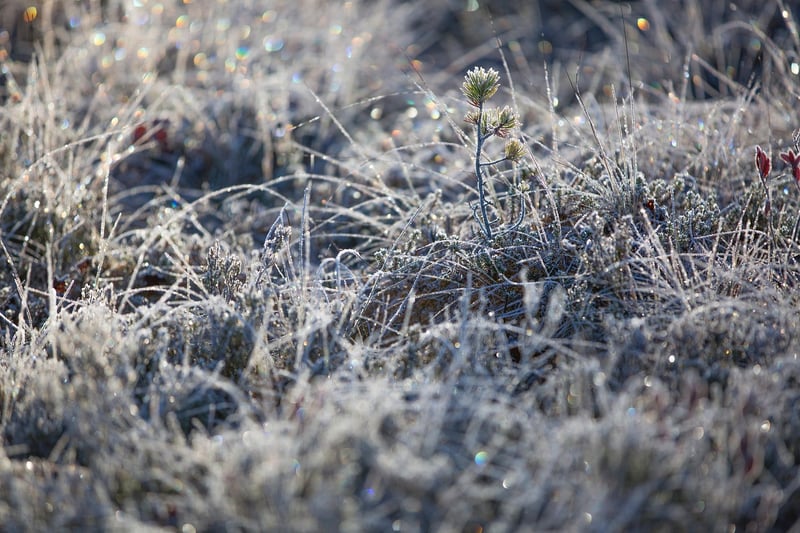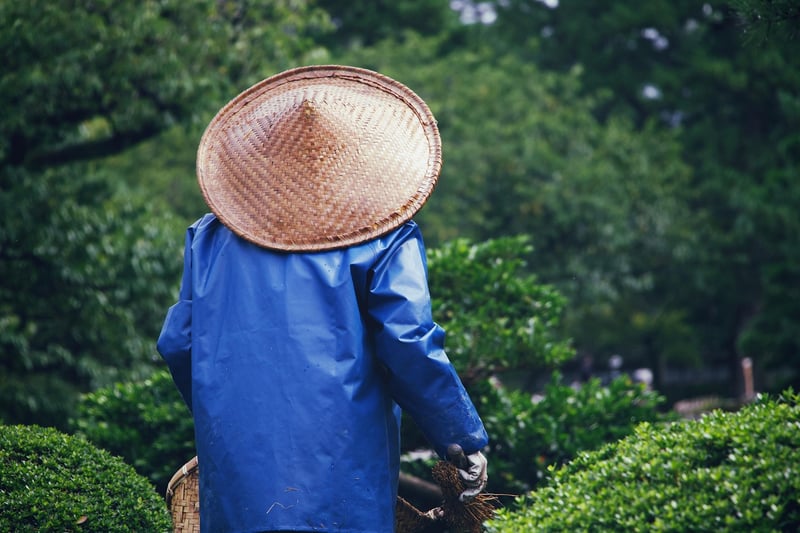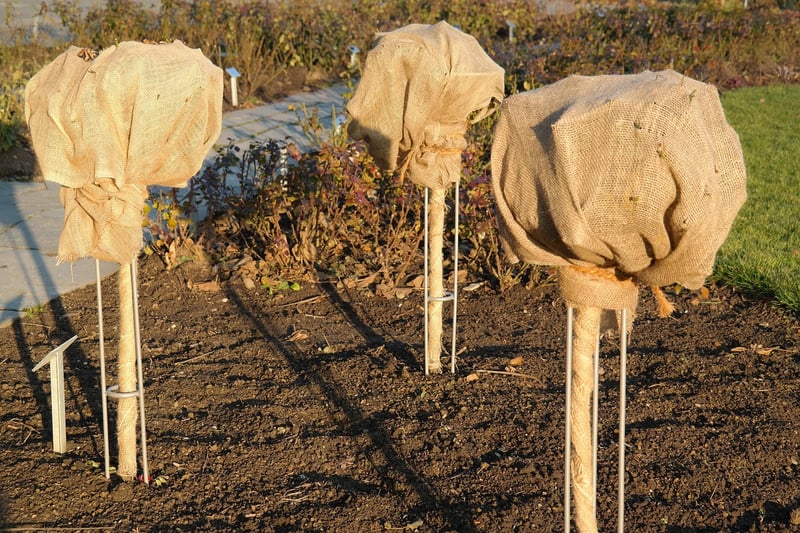Winter Protection
Adapting to Weather Changes: Winter Protection Guide
Tips for Staying Healthy and Safe in Winter
Winter brings its own set of challenges, from cold temperatures to icy conditions. It's essential to adapt to these weather changes to protect yourself and stay healthy during the winter months. Here are some tips to help you navigate the winter season:
1. Dress in Layers
Layering your clothing can help trap heat and keep you warm during cold weather. Start with a moisture-wicking base layer, add an insulating layer, and top it off with a waterproof outer layer to stay dry and comfortable.
2. Stay Hydrated
Even though it's cold outside, your body still needs hydration. Drink plenty of water throughout the day to stay hydrated and maintain your body's functions, especially if you're engaging in outdoor activities.
3. Protect Your Skin
The cold, dry air of winter can be harsh on your skin. Use moisturizers to prevent dryness and cracking, and don't forget to apply sunscreen, as UV rays can still be strong even in winter.
4. Winterize Your Home
Ensure your home is prepared for winter by checking insulation, sealing any drafts, and servicing your heating system. This will not only keep you comfortable but also help save on energy costs.
Winter Protection for Your Plants and Garden
It's not just people who need protection in winter; your plants and garden can also benefit from some care during the colder months. Here's how you can help them thrive:
1. Mulch Your Garden
Applying a layer of mulch to your garden beds can help insulate the soil, protect plant roots, and prevent frost heaving. Mulch also helps retain moisture, which is crucial during winter months.
2. Protect Tender Plants
Certain plants may be more vulnerable to frost and cold temperatures. Consider covering them with burlap or frost cloth to shield them from extreme weather conditions.
3. Keep Plants Hydrated
Plants still need water in winter, so make sure to water them adequately, especially if there's a dry spell. Be mindful of overwatering, as waterlogged soil can harm plant roots.
4. Prune Trees and Shrubs
Winter is a good time to prune trees and shrubs while they are dormant. Remove dead or damaged branches to promote healthy growth and shape plants for the coming seasons.
Conclusion
By following these tips for adapting to weather changes and providing winter protection, you can ensure both yourself and your plants stay healthy and safe during the winter months. Remember to stay informed about weather forecasts and take necessary precautions to enjoy the season to its fullest.


